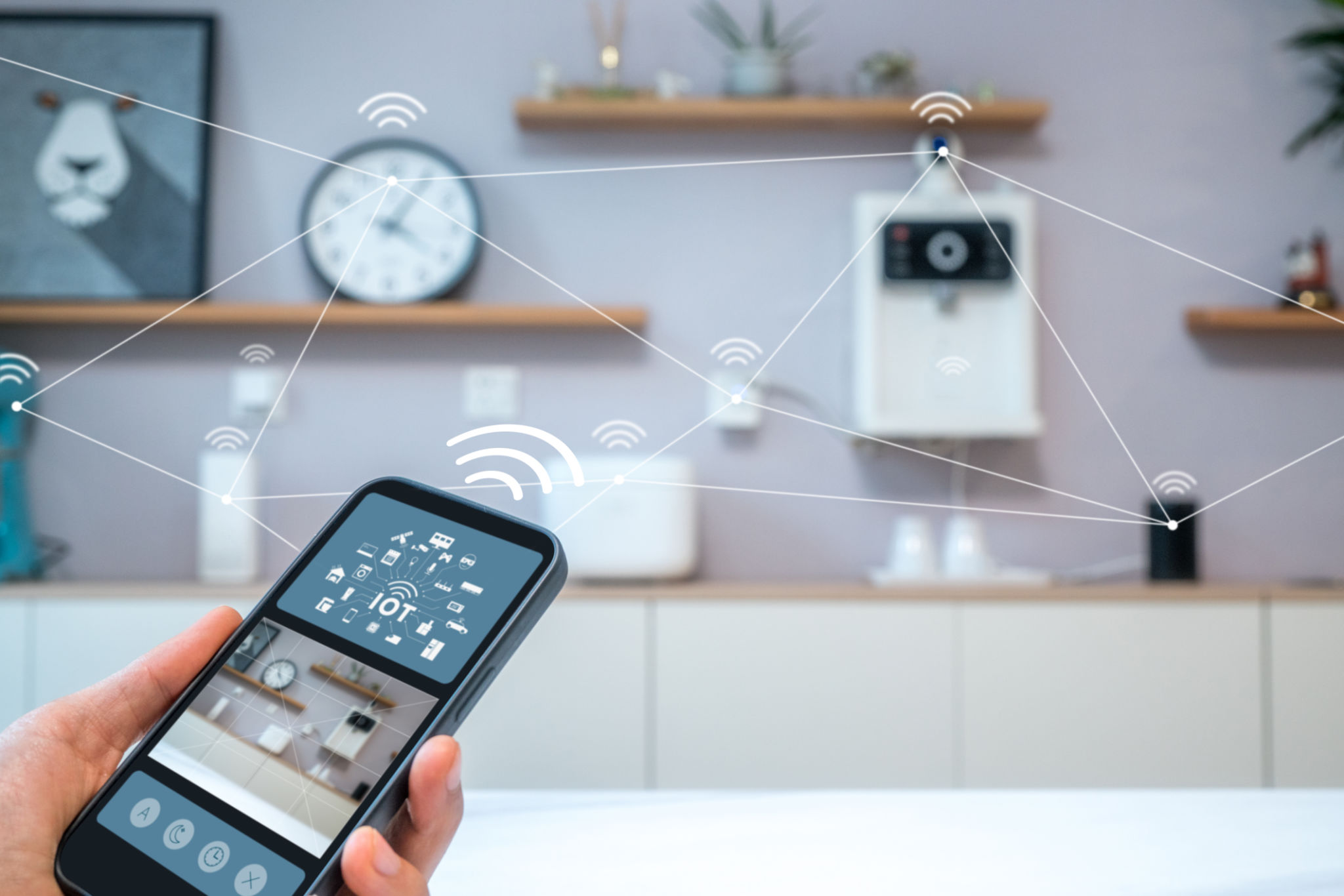Smart Home Surveillance Trends: What You Need to Know
The Rise of Smart Home Surveillance
In recent years, smart home surveillance systems have evolved significantly, transforming the way we secure our homes. With the advent of advanced technology, these systems offer more than just basic security; they provide peace of mind and enhanced control over our living environments. As these trends continue to develop, it's essential to stay informed about the latest innovations and what they mean for homeowners.
The growing popularity of smart home surveillance can be attributed to several factors. First, the ease of installation and use has made these systems accessible to a broader audience. Additionally, the integration of AI and machine learning has significantly improved the functionality of surveillance cameras, making them smarter and more efficient.

AI-Powered Features
Artificial Intelligence (AI) is at the forefront of the smart home surveillance revolution. Modern cameras are equipped with AI capabilities that allow them to recognize faces, detect unusual activities, and even distinguish between humans and pets. This level of intelligence ensures that homeowners receive accurate alerts and reduces the chances of false alarms.
Moreover, AI-powered systems can learn and adapt over time. They analyze patterns in daily activities and adjust their monitoring strategies accordingly. This adaptability enhances security by ensuring that the system is always aligned with the homeowner’s lifestyle.
Facial Recognition Technology
Facial recognition is one of the most talked-about features in smart home surveillance. This technology allows cameras to identify familiar faces, granting access only to approved individuals. While this feature adds a layer of security, it also raises privacy concerns. It's crucial for users to understand how their data is stored and used by these systems.

Integration with Smart Home Ecosystems
Another significant trend is the seamless integration of surveillance systems with other smart home devices. These systems can now communicate with smart doorbells, lighting, and even thermostats. This interconnectedness allows for comprehensive home management through a single interface, often controlled via a smartphone app.
For example, when a camera detects motion at the front door, it can trigger the lights to turn on, giving the appearance that someone is home. This kind of automation not only enhances security but also improves energy efficiency.
Voice Control and Automation
Voice control is becoming increasingly popular in smart home surveillance. Devices that integrate with virtual assistants like Amazon Alexa or Google Assistant allow users to manage their security systems hands-free. Whether you're checking camera feeds or adjusting settings, voice commands make it simpler and more convenient.

Privacy and Security Concerns
Despite the numerous advantages of smart home surveillance, privacy remains a significant concern for many users. The potential for unauthorized access to personal data or live feeds poses a risk that cannot be ignored. Manufacturers are working diligently to enhance data encryption and implement robust security measures to protect user information.
It's vital for consumers to choose reputable brands and regularly update their systems to safeguard against vulnerabilities. Understanding the terms of service and privacy policies can also help users make informed decisions about how their data is handled.
Future Prospects
The future of smart home surveillance looks promising, with ongoing advancements aimed at improving accuracy and ease of use. Emerging technologies like 5G connectivity will likely expedite data transmission, offering real-time monitoring capabilities without lag.
As these trends continue to evolve, homeowners can expect even more innovative features that prioritize security and convenience. Staying informed about these developments will ensure that you make the most out of your smart home surveillance system, keeping your home safe and secure.